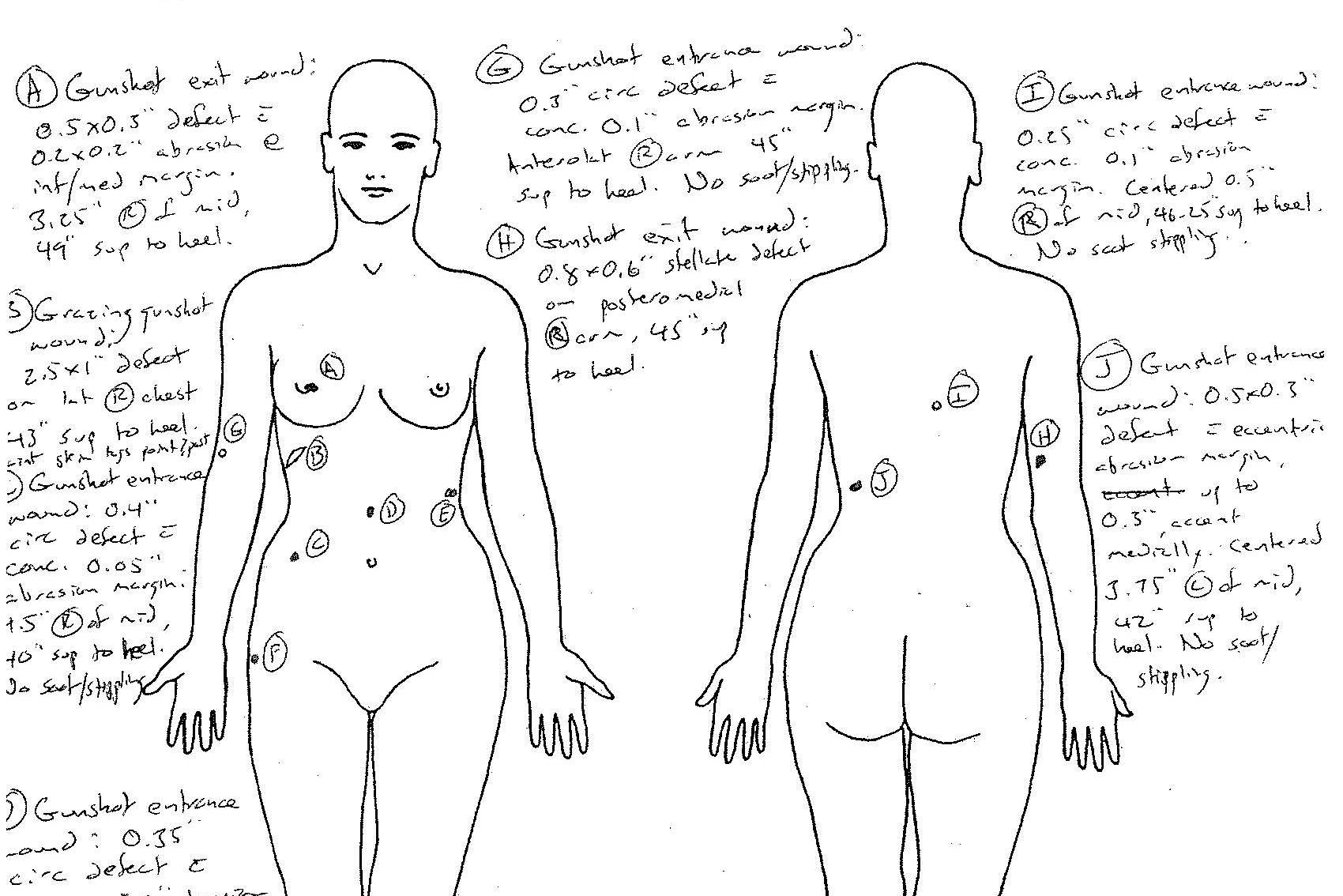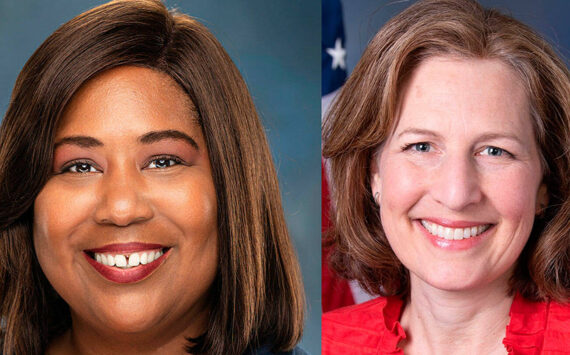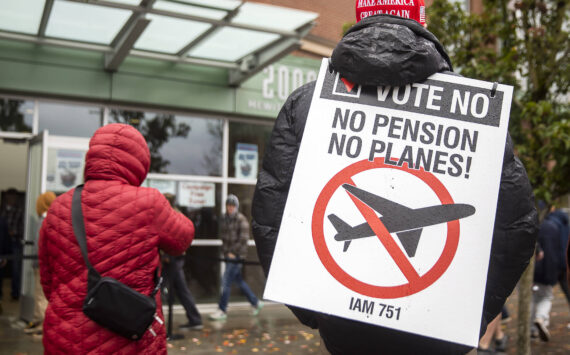Charleena Lyles had neither illicit drugs nor prescribed medications in her bloodstream when Seattle police shot her to death on June 18. Lyles was shot three times from the front and four times from behind, for a total of seven bullets.
This is all according to a pair of documents released today by attorney’s for Lyles’ estate, Travis Jameson and Karen Koehler of the Stritmatter law firm. One from the King County Medical Examiner’s office is a diagram of where the bullets hit Lyles’ body; the other is a toxicology report prepared by the Washington State Patrol.
#charleenalyles ME & toxicology report. 7 bullets, from front & back; no drugs, no meds in blood. pic.twitter.com/gmMYQAzbjB
— Casey Jaywork (@CaseyJaywork) August 30, 2017
The lawyers said they received the documents just a few days ago, and are releasing them for the sake of openness. “We believe in transparency, not just releasing what’s convenient for us,” said Jameson. Koehler said they also received two other documents that they’re not releasing: a full autopsy report and an incident report.
As we previously reported, police say that Charleena Lyles was advancing on them with a pair of knives in her apartment on June 18 when two officers shot her dead, after she called the police to report a burglery. On their way to meet Lyles, the officers discussed “crazy” statements Lyles had made during a previous encounter with police. In an audio recording of the incident, moments before the shooting abruptly starts, someone—presumably Lyles—says, “Get ready, motherfucker.” The slaying inflamed passions in Seattle, and fit into a larger pattern of police violence against black Americans.
The diagram describes Lyles’ death in gruesome detail. The first, second, and fourth bullets hit her from the front; the third, fifth, sixth and seventh hit her from behind. One plowed through a major blood vessel near her heart; another struck her uterus. “These are the seven bullets that were shot into Charleena Lyles and the four month old male fetus she was carrying,” said Koehler. Visibly holding back tears at one point, she described how she’d tried and failed to avoid crying when she first saw the reports. “I couldn’t get [the Medical Examiner’s report] out of my mind,” Koehler said. “She bled out with one of her children on top of her.”
Koehler added that Lyles’ body had been moved—presumably by police or the Seattle Fire Department—into the hallway on a stretcher by the time the Medical Examiner saw it.
Asked what she makes of the fact that four of the seven bullets hit Lyles from behind, Koehler said, “We aren’t in a position to speculate. We want to present you with [the diagram and toxicology report] so you can decide for yourself.”
The absence of illicit drugs in the toxicology report is relevant to judging who is responsible for her death, the lawyers say, because it discredits one explanation of Lyles’ death they say has been floated. “We hear about angel dust and other drugs people take to give them extraordinary strength,” said Jameson, and sometimes madness. “One assumption that’s been made about Charleena is, ‘Well, she must have been on drugs,’ which isn’t true,” added Koehler.
Lyles has a history of mental illness, and the toxicology report also showed that she was not taking any kind of psychoactive medication. (Family members have objected to public discussion of Lyles’ mental illness, calling it victim blaming.) “For the question of ‘Why wasn’t she medicated?’” said Koehler, “according to what we know, just days before this she was released by the mental health court” after a previous altercation with police on June 15. Koehler said they’re still looking into the details of what happened to Lyles in the days immediately before her slaying. “She was obviously confused about a lot of things,” said Koehler, “but personal confusion should not result in your death.”
The Lyles case, Koehler added, is “not just about Charleena Lyles. It’s about our community, and what we expect and want it to be like.”
“What is more fundamentally critical than our community’s confidence in its government and authority figures?” said Jameson.
cjaywork@seattleweekly.com








